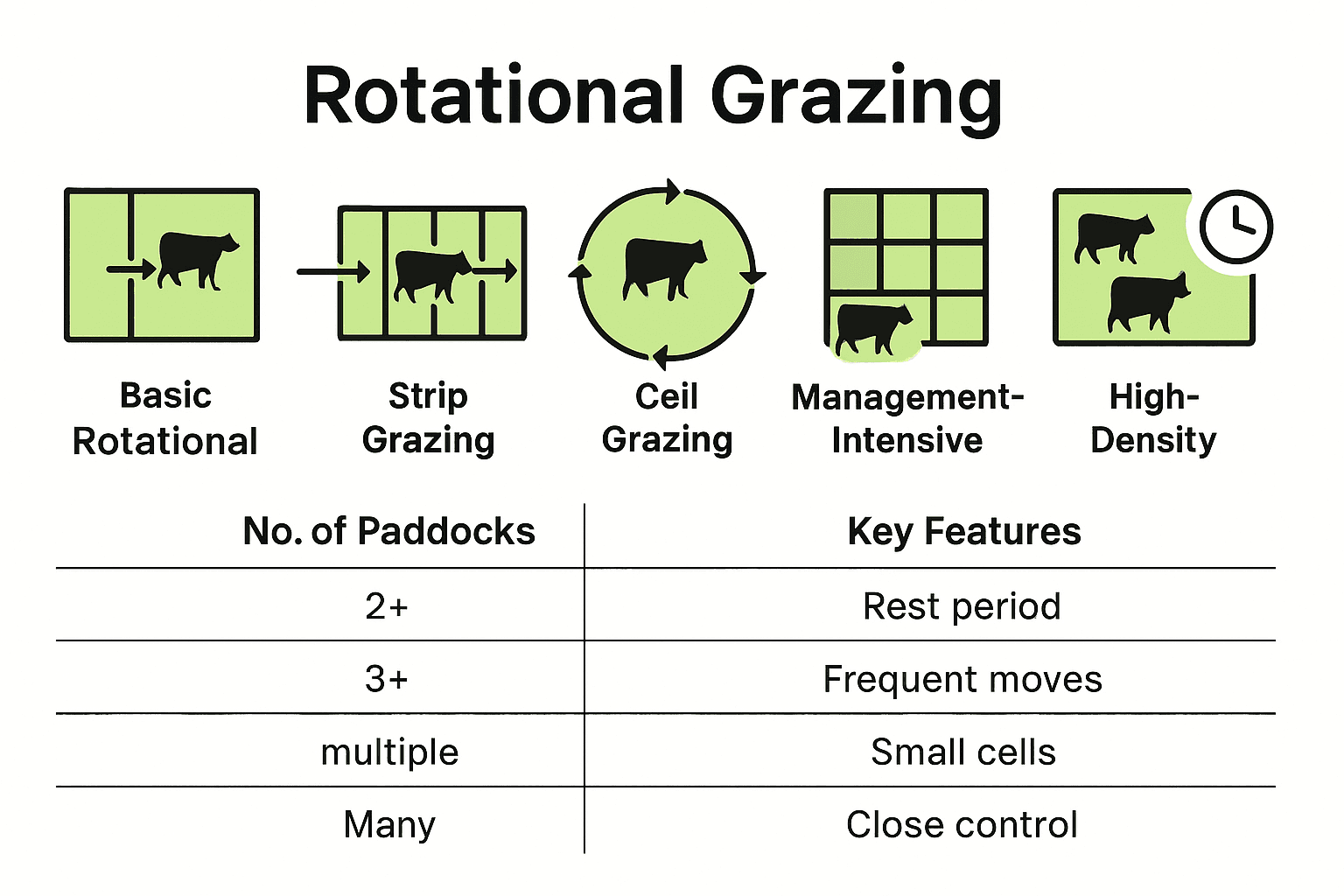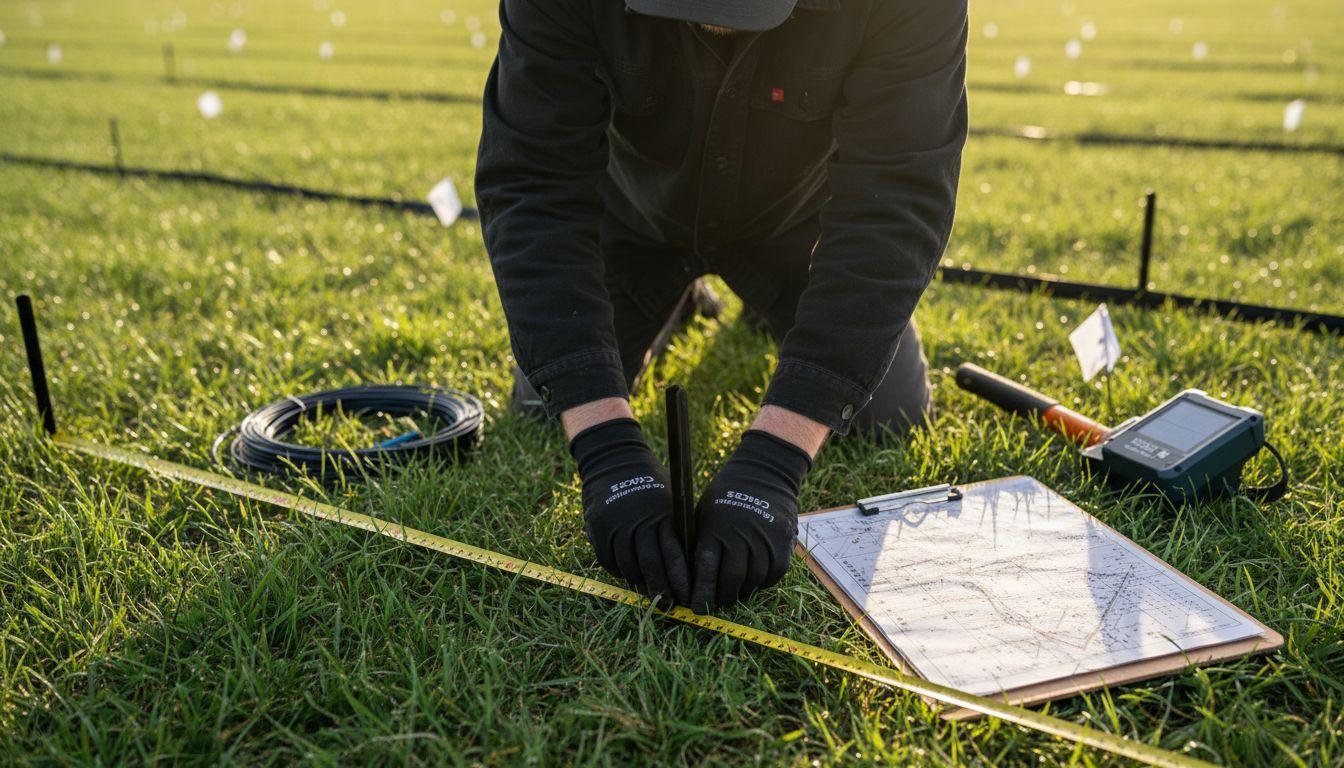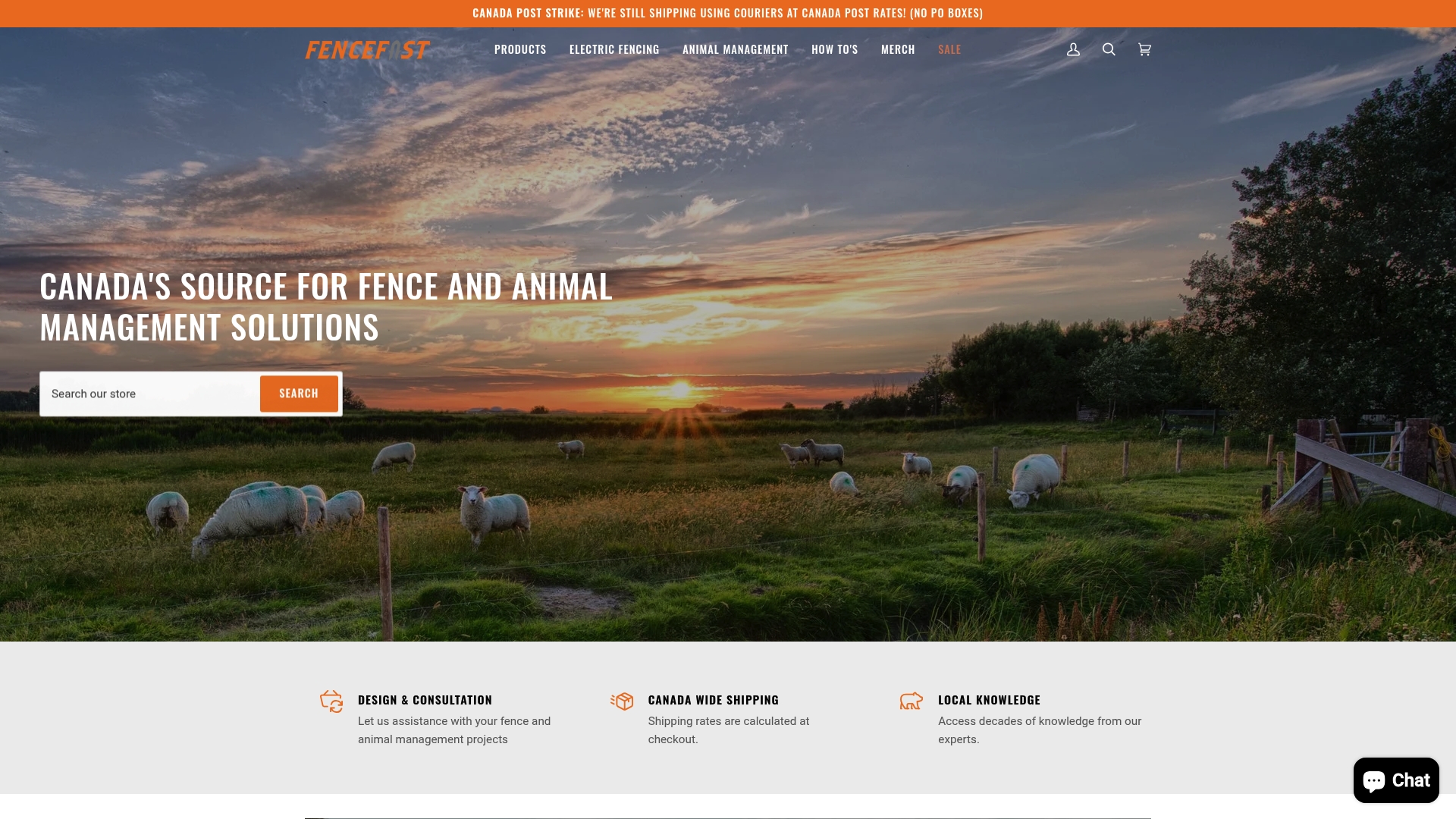Did you know that farmers using rotational grazing can increase pasture productivity by up to 30 percent compared to traditional methods? This approach matters because healthy, well-managed pastures not only support stronger livestock but also improve soil health and help conserve the environment. By guiding you through the core strategies and systems of rotational grazing, this article sheds light on how farmers can transform grazing practices for better results.
Table of Contents
- Rotational Grazing Defined And Core Principles
- Main Types Of Rotational Grazing Systems
- How Rotational Grazing Works In Practice
- Key Benefits For Livestock And Pasture Health
- Essential Equipment And Setup Requirements
- Common Challenges And Mistakes To Avoid
Key Takeaways
| Point | Details |
|---|---|
| Rotational Grazing Principles | Involves dividing pastures into paddocks, managing livestock movement, and allowing vegetation recovery to promote ecosystem balance. |
| Types of Systems | Includes basic, strip, cell, management-intensive, and high-density grazing systems, each tailored to specific agricultural needs. |
| Implementation Requirements | Successful systems require infrastructure such as fencing, water distribution, and monitoring tools, emphasizing thorough planning. |
| Benefits of Rotational Grazing | Enhances animal nutrition, soil health, biodiversity, and reduces feed costs, contributing to sustainable agricultural practices. |
Rotational Grazing Defined and Core Principles
Rotational grazing is a strategic livestock management approach that transforms traditional continuous grazing methods. According to the Food and Agriculture Organization, this system involves subdividing grazing areas into multiple paddocks, enabling farmers to control livestock movement and pasture recovery systematically.
At its core, rotational grazing works by dividing pastures into smaller sections called paddocks. Livestock are moved periodically between these paddocks, allowing each area time to rest and regenerate. As Dico Agroecologie explains, this method ensures plants have sufficient recovery time and prevents overgrazing through carefully managed grazing durations.
Key principles of rotational grazing include:
- Dividing pastures into multiple smaller paddocks
- Moving livestock systematically between sections
- Providing designated rest periods for vegetation regeneration
- Maintaining appropriate stocking rates
- Monitoring grazing intensity and plant recovery
The primary goal of rotational grazing is creating a balanced ecosystem where livestock nutrition and pasture health are simultaneously optimized. By controlling grazing frequency and intensity, farmers can improve soil health, increase forage production, and support more sustainable agricultural practices. Learn more about understanding livestock management systems in our comprehensive guide on cattle handling.
Main Types of Rotational Grazing Systems
Rotational grazing encompasses several distinct systems, each designed to optimize livestock management and pasture health. According to the Food and Agriculture Organization, these systems range from simple two-paddock configurations to more complex multi-paddock approaches, with the selection depending on specific agricultural needs and management goals.
Basic Rotational Systems typically involve two to four paddocks where livestock move systematically. These simpler designs provide fundamental pasture recovery opportunities while allowing farmers to manage grazing intensity. Western Management Group notes that these systems aim to balance animal nutrition and vegetation regeneration through strategic movement.
More advanced rotational grazing systems include:
- Strip Grazing: Narrow strips of pasture are allocated and moved frequently
- Cell Grazing: Multiple paddocks with precise livestock movement patterns
- Management-Intensive Rotational Grazing: Frequent livestock moves based on precise pasture conditions
- High-Density Rotational Grazing: Concentrating animals in small areas for very short durations
Each system offers unique advantages, with complexity increasing from basic two-paddock models to intricate multi-paddock strategies. Explore the benefits of rotational grazing for livestock management in our comprehensive guide to understand how these systems can transform agricultural productivity.
Here’s a comparison of the main types of rotational grazing systems:

| System Type | Number of Paddocks | Key Features |
|---|---|---|
| Basic Rotational | 2–4 | Simple layout Systematic livestock movement |
| Strip Grazing | Variable (narrow strips) |
Frequent movement Temporary fencing |
| Cell Grazing | 8+ | Multiple paddocks Planned movement patterns |
| Management-Intensive Rotational | 4+ | Frequent moves Pasture-driven decisions |
| High-Density Rotational | Many (small areas) |
Very short duration High animal concentration |
How Rotational Grazing Works in Practice
Rotational grazing is a dynamic system that requires careful planning and strategic livestock management. Signs of Conservation explains that this approach involves moving livestock between paddocks on a predetermined schedule, allowing grazed areas sufficient time to recover and regenerate.
Implementation Steps are critical to successful rotational grazing. According to the Western Management Group, farmers must divide pastures into multiple paddocks and develop a systematic movement plan that considers animal requirements and pasture productivity. This process involves carefully monitoring grazing periods, tracking vegetation growth, and adjusting livestock movements to maintain optimal pasture health.

Key practical considerations for implementing rotational grazing include:
- Measuring and marking precise paddock boundaries
- Installing reliable fencing and water systems
- Developing a detailed livestock movement schedule
- Monitoring pasture recovery rates
- Tracking animal nutrition and weight gain
- Adjusting stocking densities based on pasture conditions
Successful rotational grazing requires ongoing observation and flexibility. Farmers must continuously assess pasture conditions, animal health, and environmental factors to fine-tune their approach. Learn more about understanding livestock management techniques in our comprehensive guide to enhance your agricultural practices.
Key Benefits for Livestock and Pasture Health
Rotational grazing offers profound advantages for both livestock nutrition and ecosystem health. Cargill highlights that this approach enhances soil health, reduces erosion, increases biodiversity, and provides livestock with access to diverse, fresh forage sources.
From an environmental perspective, rotational grazing creates a robust ecosystem with multiple interconnected benefits. Signs of Conservation notes that this system promotes significant improvements in soil structure, reduces erosion risks, and substantially enhances forage productivity. Farmers implementing these strategies can expect reduced feed costs and more efficient manure distribution across pasture areas.
Key benefits for livestock and pasture include:
- Improved animal nutrition through diverse forage access
- Enhanced soil health and reduced erosion
- Increased biodiversity in grazing environments
- Lower feed costs for farmers
- Better manure distribution
- Potential carbon sequestration in healthier soils
- Reduced environmental impact
Beyond immediate agricultural benefits, rotational grazing represents a sustainable approach to livestock management that supports long-term ecological balance. Discover essential fencing strategies to support your rotational grazing system with our guide to livestock fencing to maximize your agricultural efficiency.
Essential Equipment and Setup Requirements
Establishing an effective rotational grazing system requires strategic infrastructure and careful planning. University of Kentucky Publications emphasizes that creating successful paddocks involves more than simple land division, demanding specialized equipment and thoughtful design to maximize livestock management efficiency.
According to the Western Management Group, implementing rotational grazing necessitates significant infrastructure investments and increased labor management. The setup process involves careful consideration of multiple complex factors, particularly during sensitive periods like calving or lambing seasons.
Essential equipment for rotational grazing includes:
- Durable perimeter and cross fencing
- Portable or permanent water distribution systems
- Reliable livestock handling equipment
- Secure gates and entry/exit points
- Pasture measurement and monitoring tools
- Livestock tracking and identification systems
- Backup power sources for electric fencing
Explore our comprehensive guide to electric fencing solutions for livestock management to enhance your rotational grazing infrastructure and ensure seamless animal movement between paddocks.
Common Challenges and Mistakes to Avoid
Rotational grazing presents unique challenges that can undermine its effectiveness if not carefully managed. Food and Agriculture Organization warns that farmers must ensure each paddock meets comprehensive livestock needs, including consistent food and water access while preventing environmental degradation around fixed infrastructure points.
The complexity of rotational grazing systems often catches farmers unprepared. Western Management Group highlights that the approach requires substantial infrastructure investments and increased labor management, with potential limitations on animals’ dietary selection that can impact overall nutrition and performance.
Common mistakes to avoid in rotational grazing include:
- Inadequate paddock sizing and design
- Poor water distribution planning
- Inconsistent livestock movement schedules
- Neglecting soil health and vegetation recovery periods
- Overlooking animal nutrition during transitions
- Insufficient infrastructure investment
- Lack of precise monitoring and tracking systems
- Ignoring seasonal variations in pasture conditions
Explore our essential livestock fence safety tips to help you navigate potential challenges in your rotational grazing system and minimize risks associated with complex grazing management.
Enhance Your Rotational Grazing Success with Reliable Fencing and Management Solutions
Rotational grazing requires precise control over paddock boundaries and efficient livestock movement to prevent overgrazing and support pasture recovery. If you have struggled with inconsistent fencing, poor water access, or the challenge of managing multiple paddocks, FenceFast.ca offers the tools to solve these common hurdles. Our selection of durable fencing components, electric fencing systems, and livestock management equipment is designed to keep your rotation schedule on track and your animals safe.

Take control of your pasture health and livestock nutrition today. Explore our expert-curated products at FenceFast.ca to build a sustainable and effective rotational grazing system. Check out our electric fencing solutions for reliable paddock boundaries and learn more about livestock handling systems to improve animal movement in your operation. Start transforming your farm now with FenceFast.ca’s trusted supplies and expert support.
Frequently Asked Questions
What is rotational grazing?
Rotational grazing is a livestock management practice that involves dividing pastures into smaller paddocks and moving livestock systematically between them to allow for pasture recovery and prevent overgrazing.
What are the key benefits of rotational grazing?
Key benefits of rotational grazing include improved animal nutrition, enhanced soil health, reduced erosion, increased biodiversity, lower feed costs, and potential carbon sequestration in healthier soils.
What types of rotational grazing systems exist?
Rotational grazing systems can vary from basic two-paddock designs to more complex systems like strip grazing, cell grazing, management-intensive rotational grazing, and high-density rotational grazing, each with unique advantages.
What essential equipment is needed for rotational grazing?
Essential equipment for rotational grazing includes durable fencing, water distribution systems, livestock handling equipment, gates, monitoring tools, livestock tracking systems, and possibly backup power sources for electric fencing.
Recommended
- Understanding the Benefits of Rotational Grazing for Livestock – FenceFast Ltd.
- Understanding Cattle Handling Systems for Better Livestock Care – FenceFast Ltd.
- Understanding Organic Farming Basics for Sustainable Growth – FenceFast Ltd.
- What is Organic Farming? Understanding Sustainable Practices – FenceFast Ltd.
